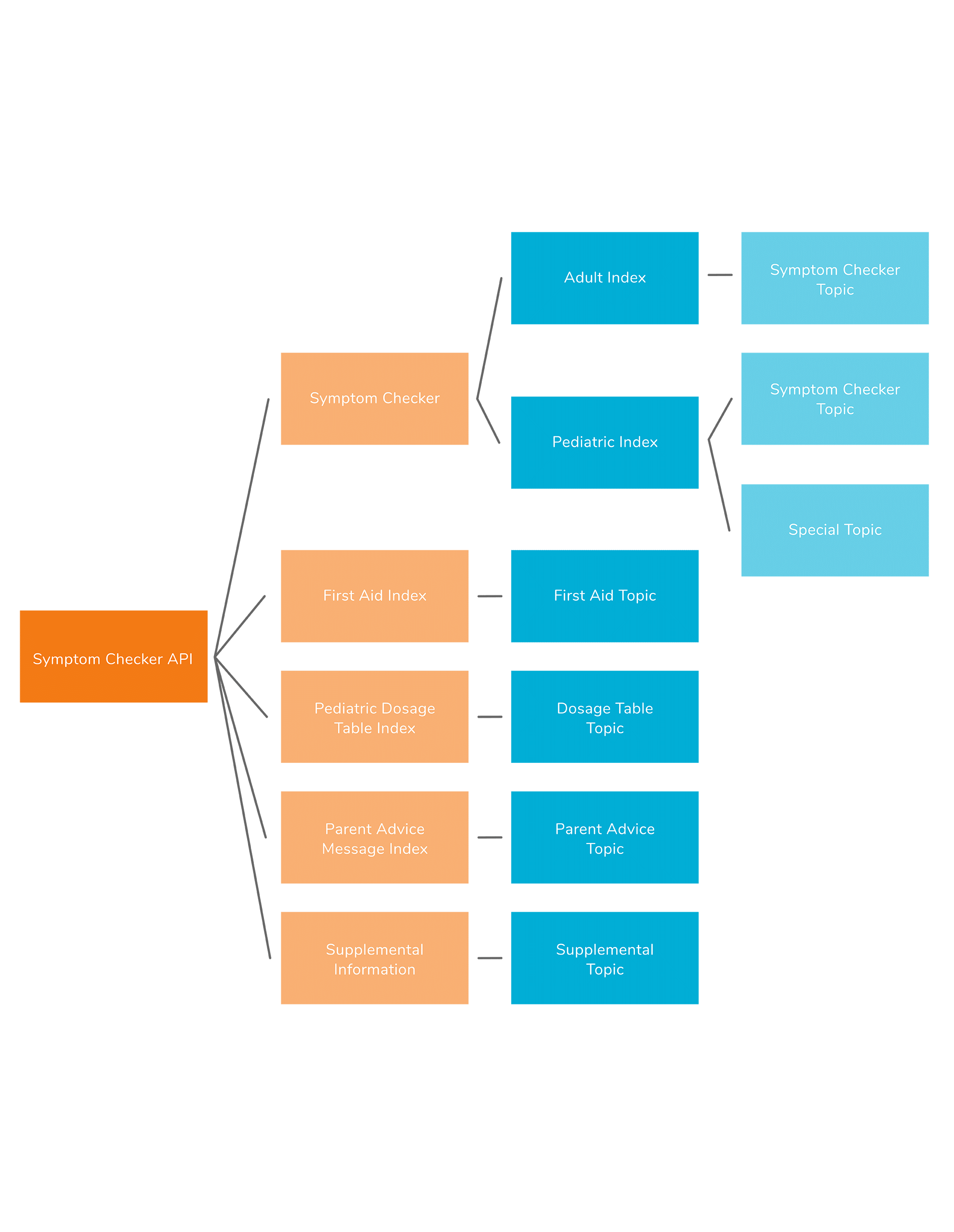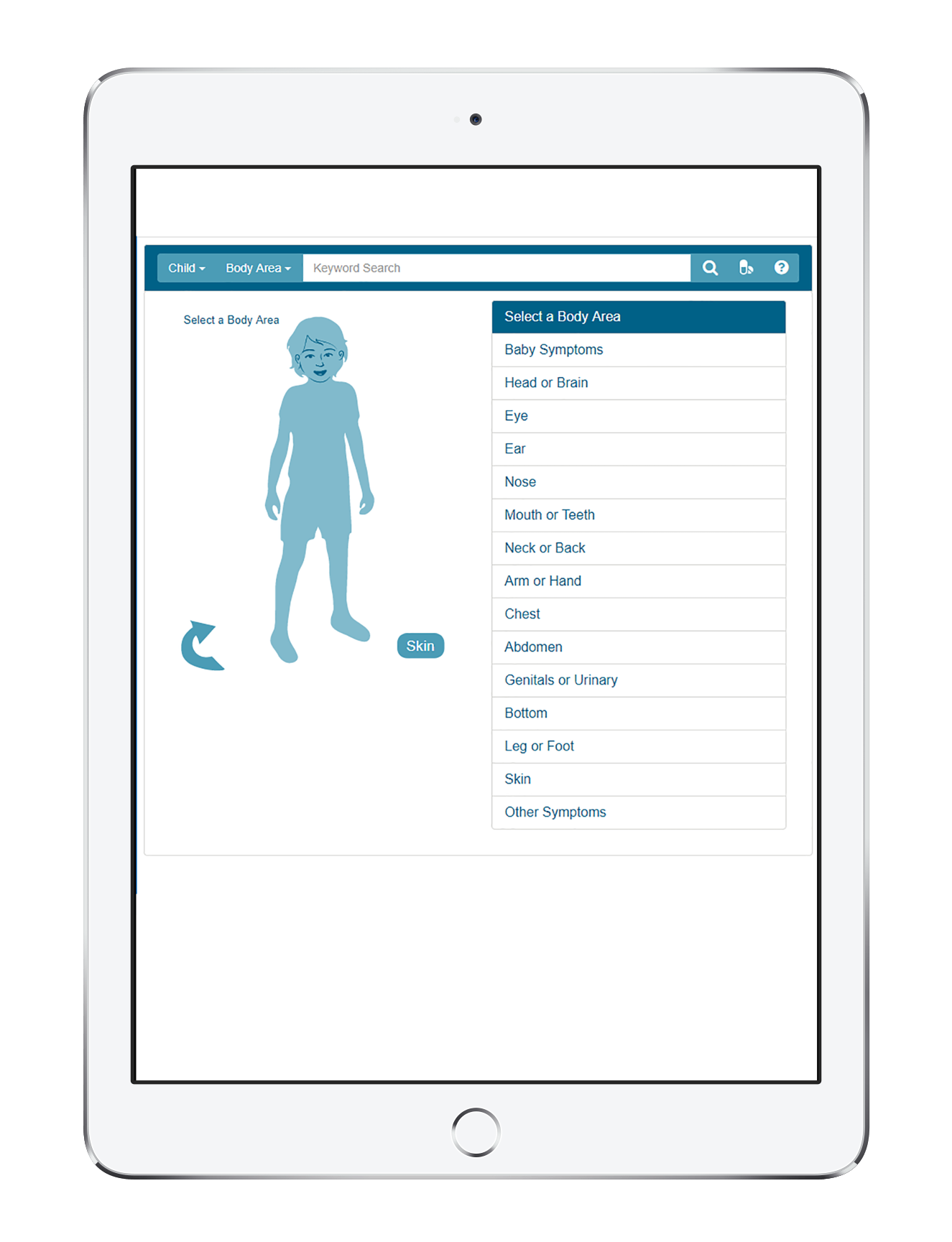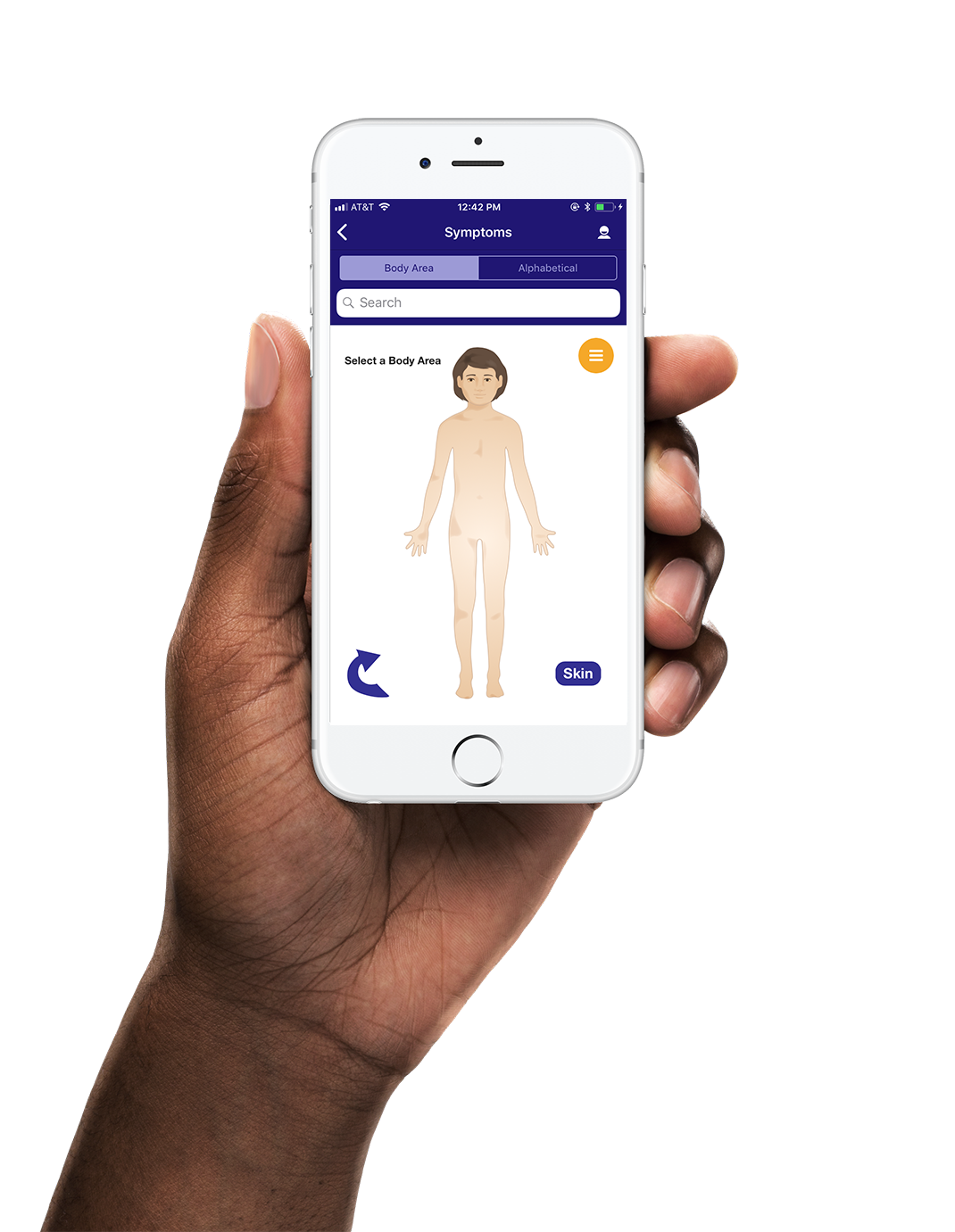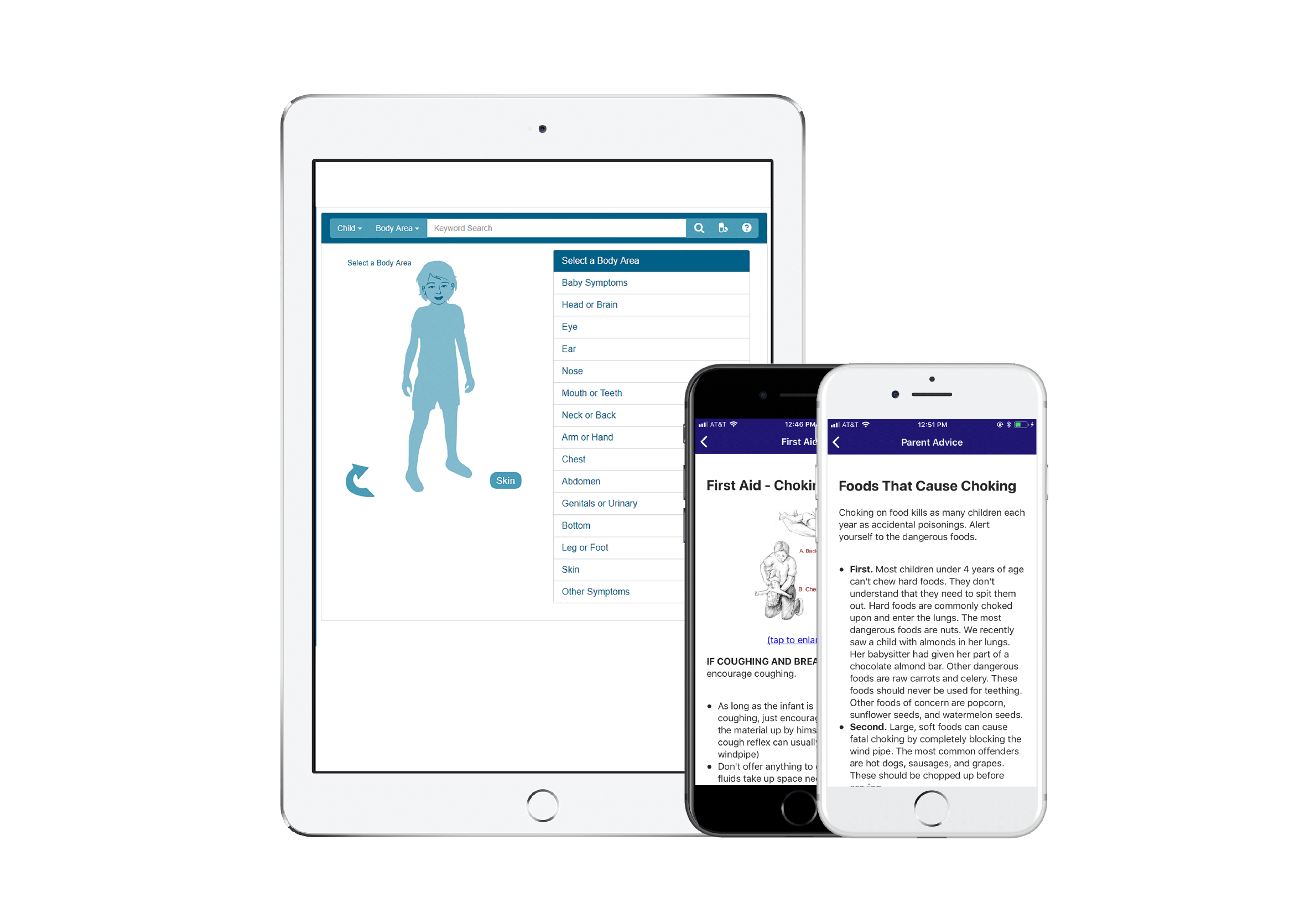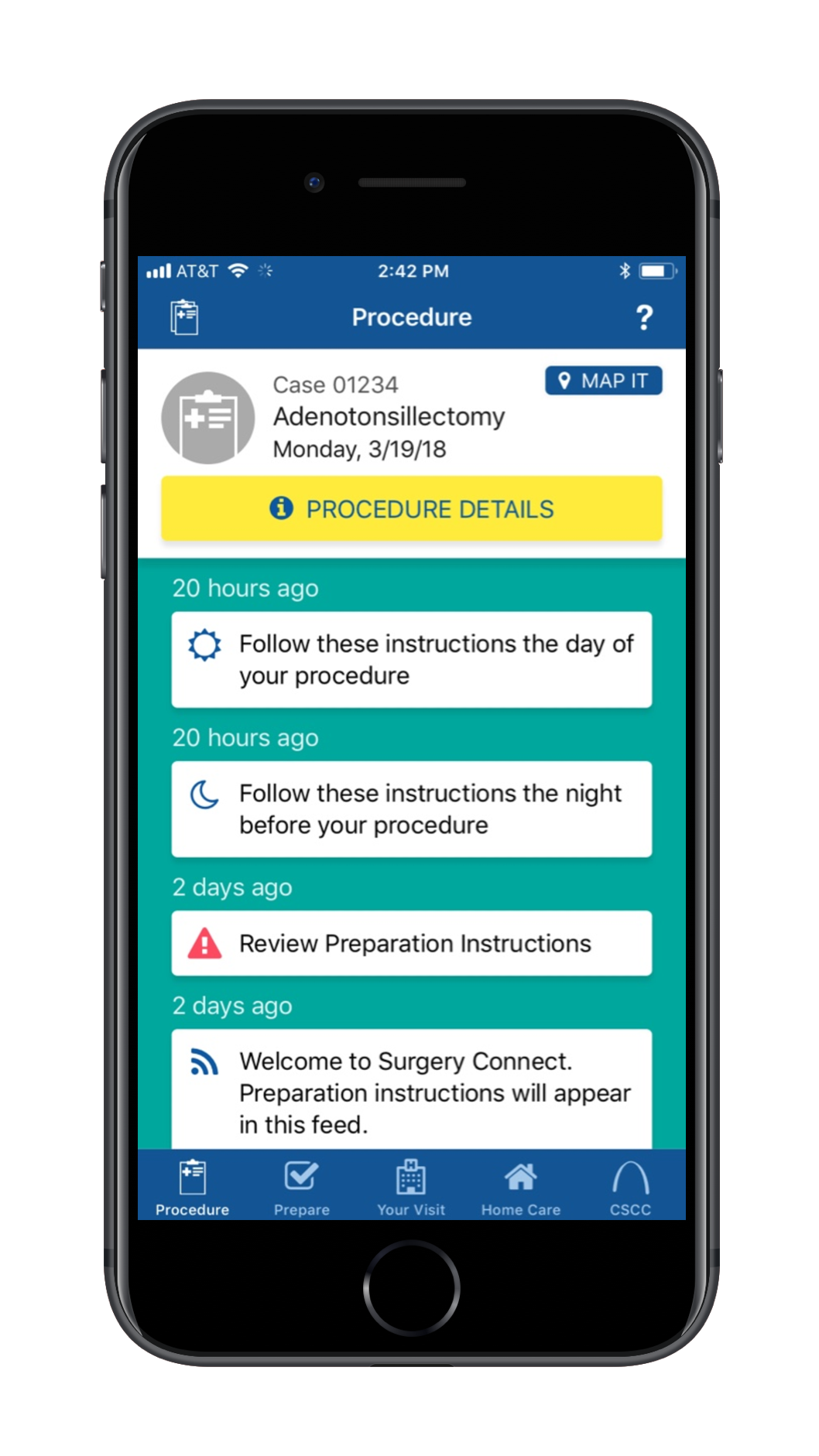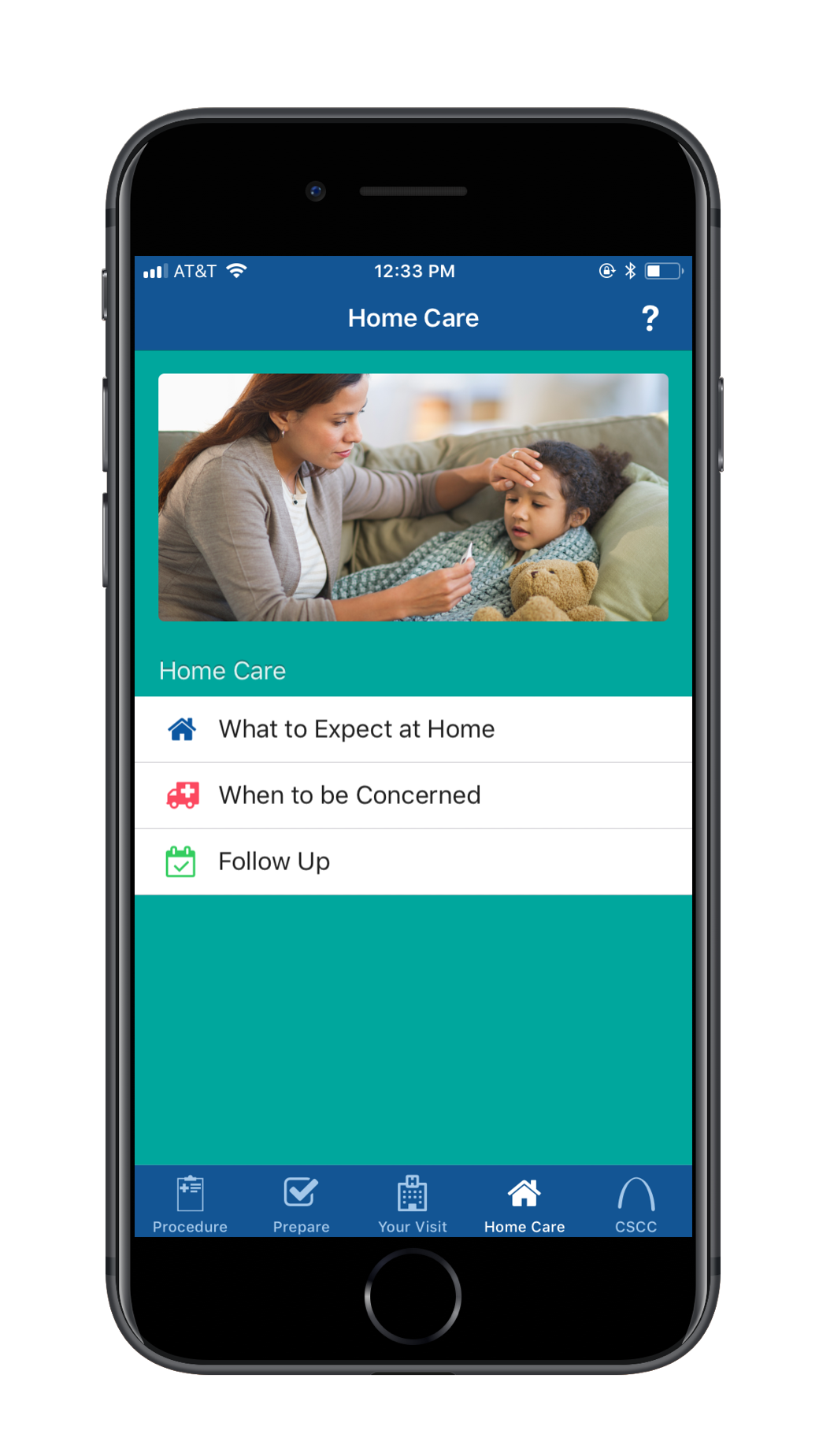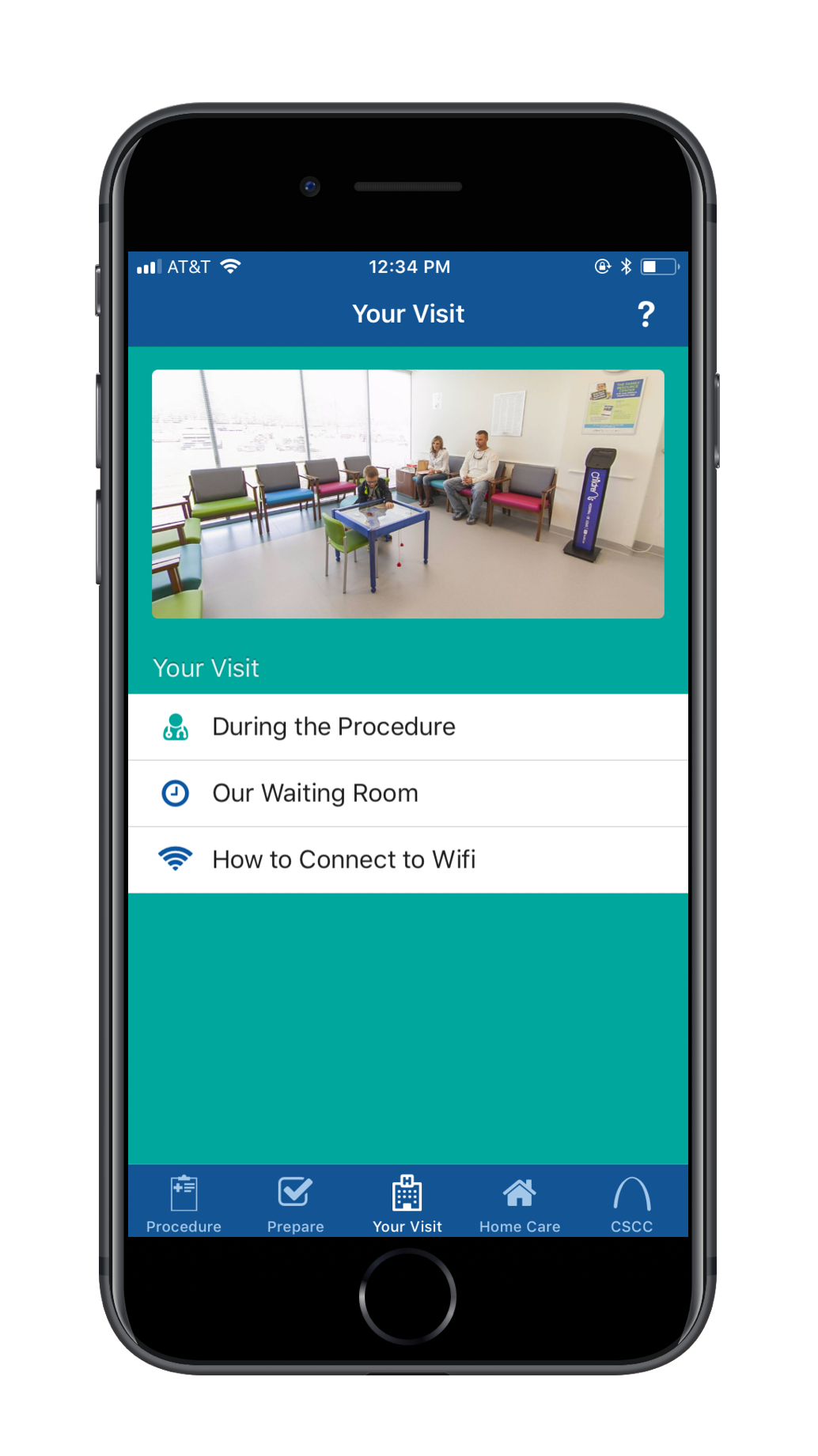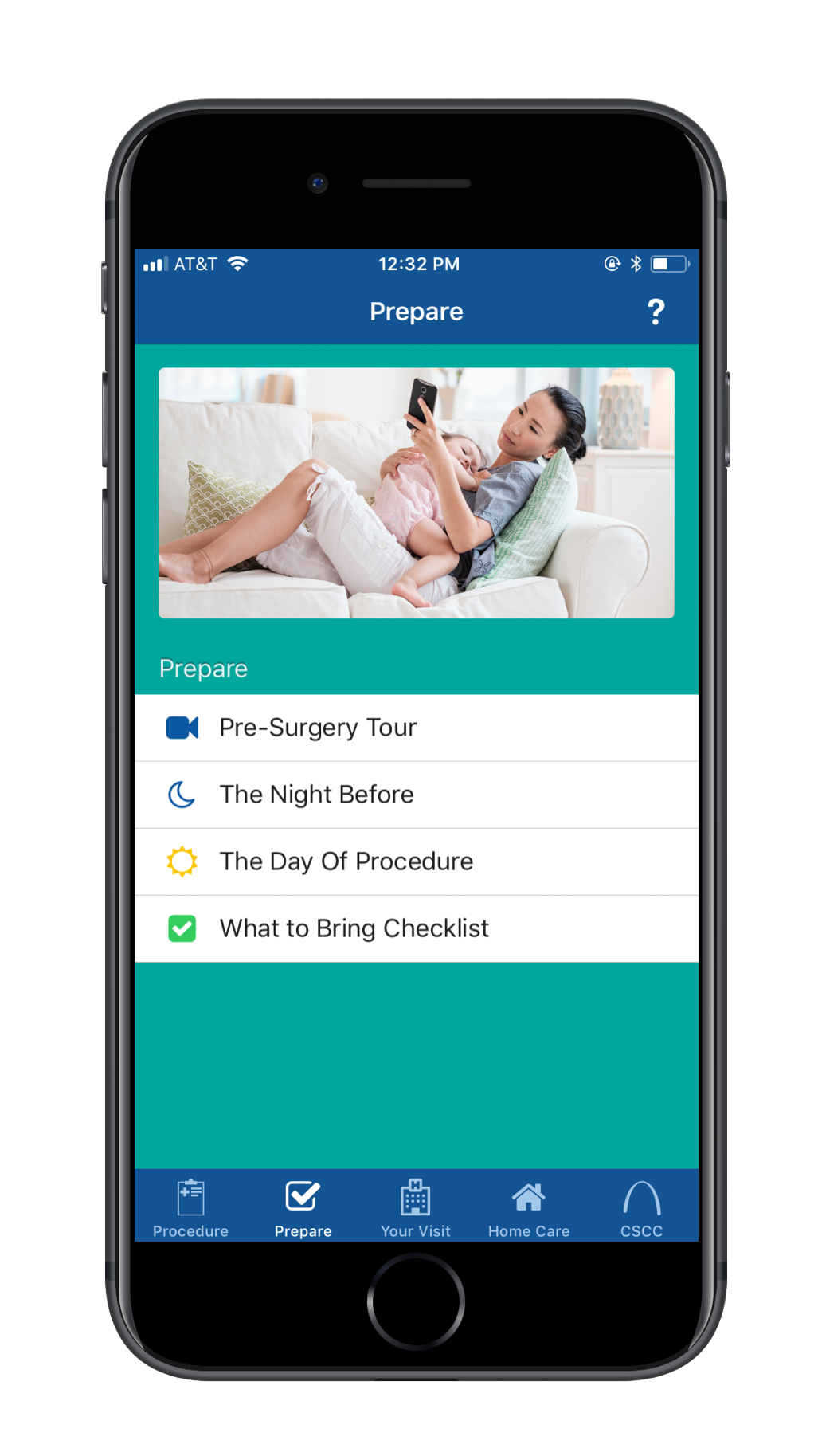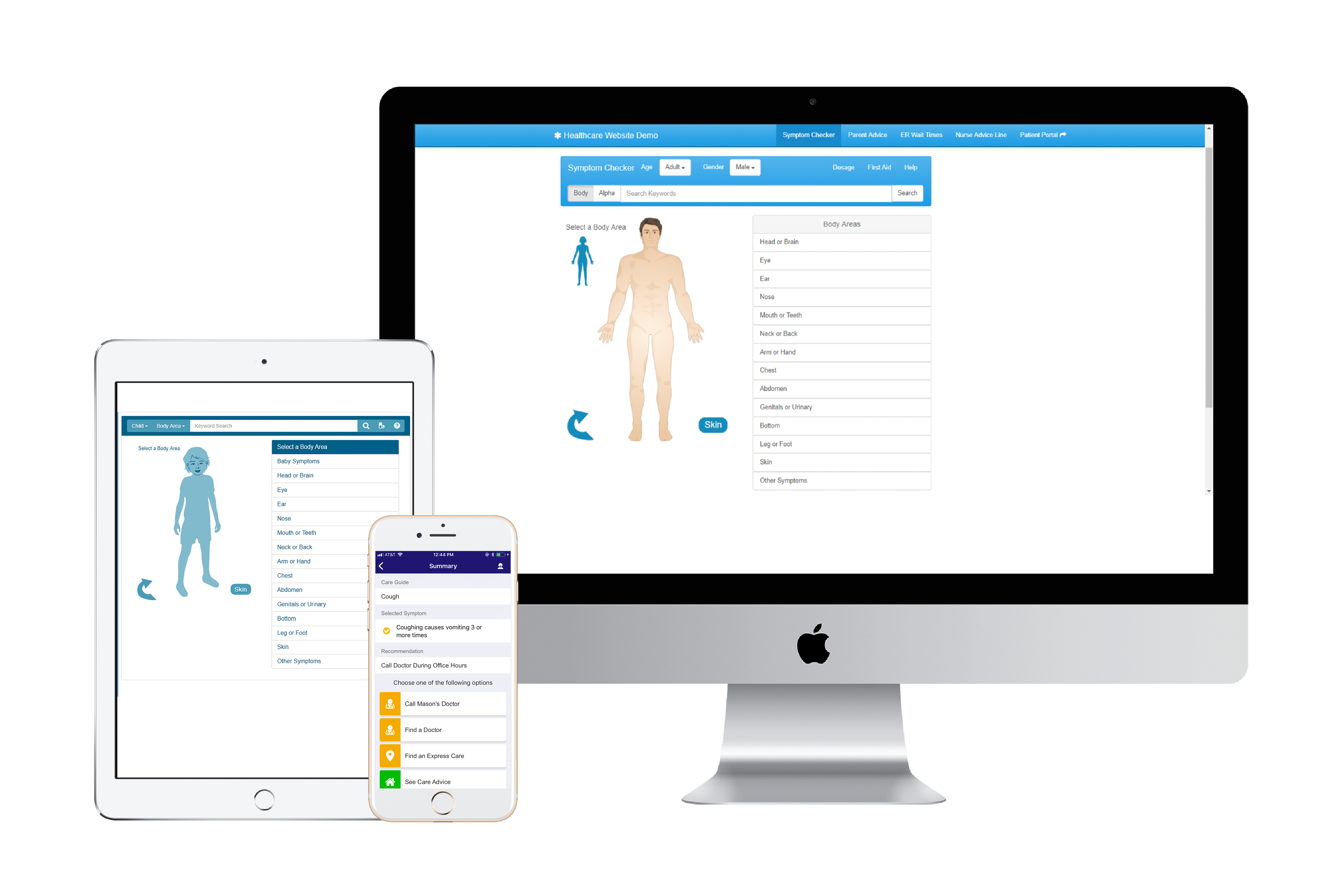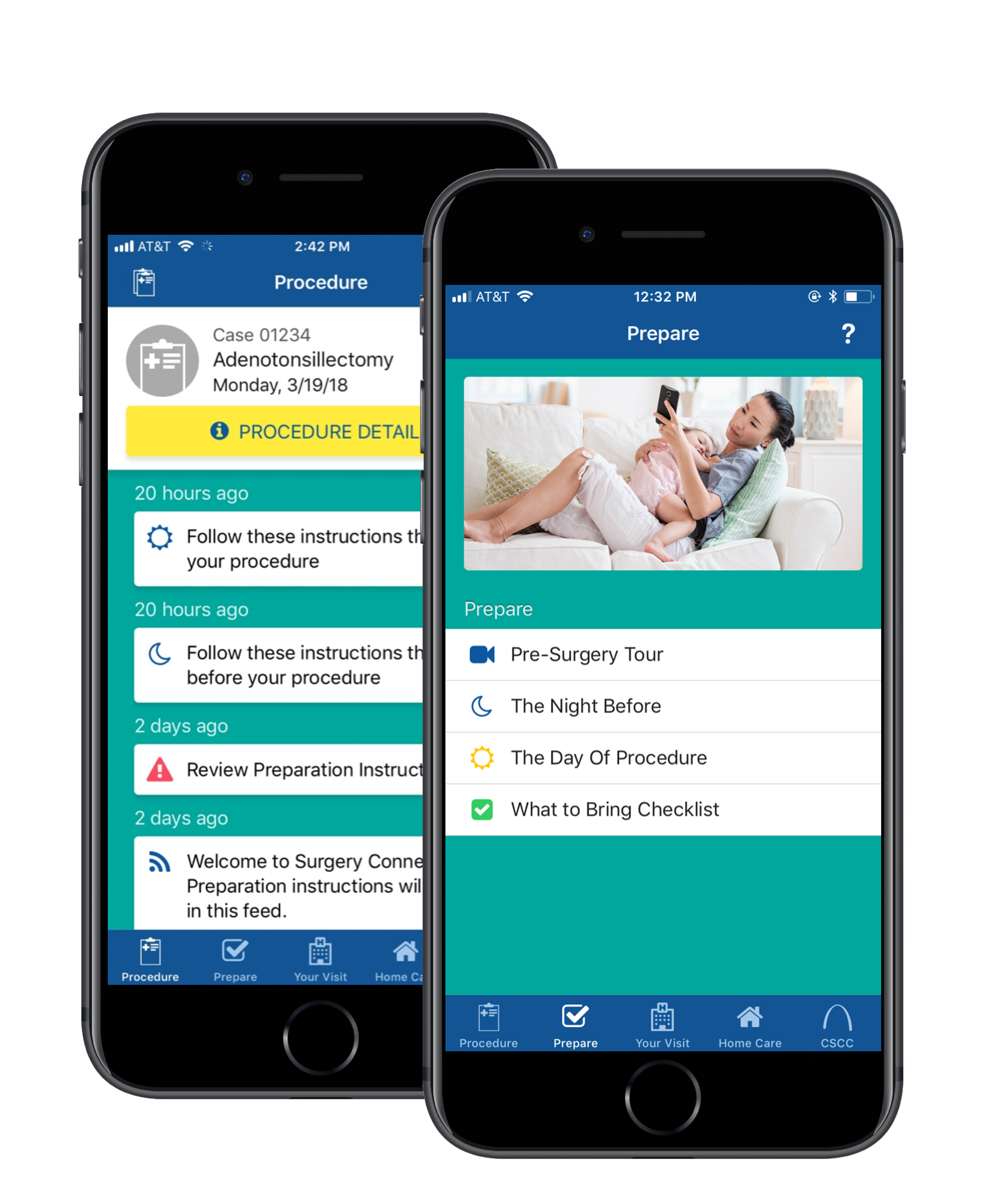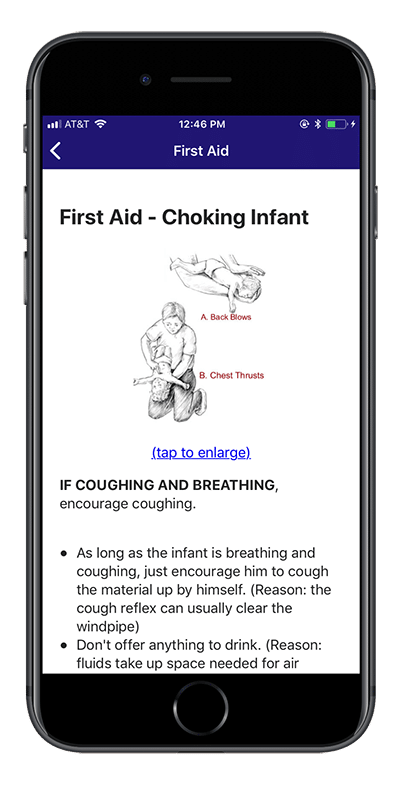How to: Integrate with EHR
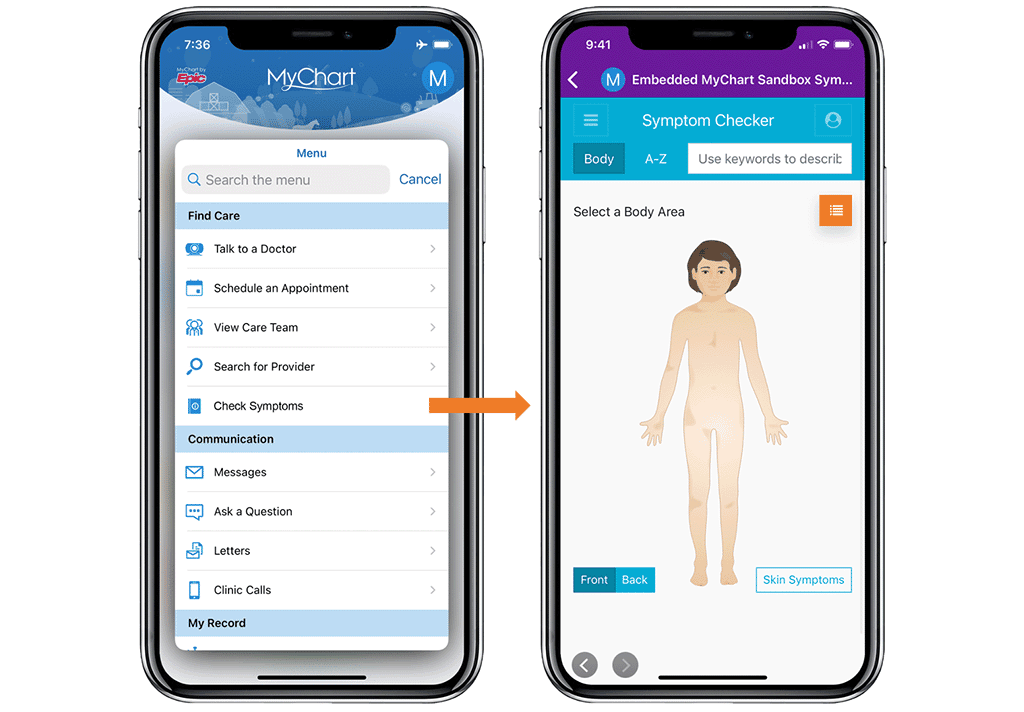
Our application is designed to integrate with SMART on FHIR (DSTU2) EHR environments. When integrated the user is able to sign in to the application using the the EHR’s oauth patient authorization flow. When the user is returned to the application, it is personalized with the name of the patient and their primary care provider and uses their age and gender information as filters to show the most appropriate information for the patient.
Check out our Epic App Orchard demo or Cerner demo. Contact sales@appcatalyst.com for a demo or EHR sandbox environment user information.
These instructions assume some familiarity with (and the availability of) an EHR Environment and application registration for that environment.
To create an EHR integrated symptom checker app follow these steps:
- Register a new app in a SMART on FHIR (DSTU2) EHR Environment
- Redirect URI – Set the Redirect URI to https://af-stage.appcatalyst.com/1/app/:app-id/redirect where :app-id is the id of your application.
- Scope – Our app requires Patient/Patient.read or an equivalent scope. Any other scope that is required for patient authorization in the EHR environment should be included and or enabled. To support the Call Your Doctor feature, Practitioner/Practitioner.read or equivalent scope should also be included.
- Visit the app factory at https://app-factory.appcatalyst.com and login
- Select your app and navigate to the EHR tab.
- Copy the client id from your app in the EHR environment into the EHR form in the App Factory
- Copy the FHIR server url from your app in the EHR environment into the server field in the EHR form
- Copy the list of scopes from your app in the EHR environment into a list separated by space characters in the EHR form.
- Copy or set the Redirect URI to https://af-stage.appcatalyst.com/1/app/:app-id/redirect in the EHR form Redirect URI field.
- Choose to enable or disable the Call Your Doctor feature which will enable support for calling the patients primary care provider when that record is available.
- Save the EHR form.
- Visit the application.
- Sign in to EHR environment from the application.
If you’ve followed these steps, you should be able to login and use the application to check symptoms for any EHR environment user/patient. Each EHR environment is a little bit different, double check the environment’s scope conventions or documentation and make sure to provide an accurate server url.





